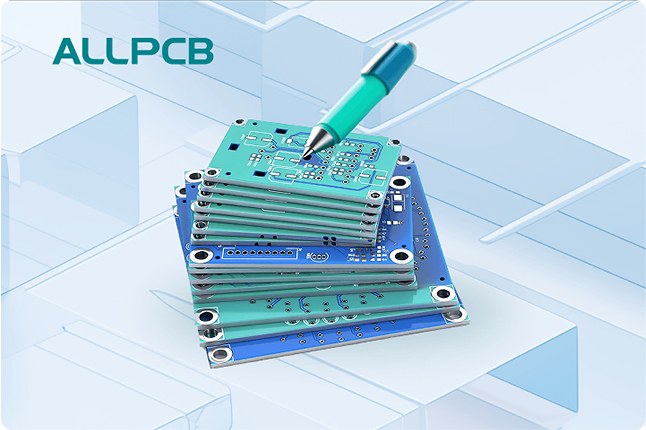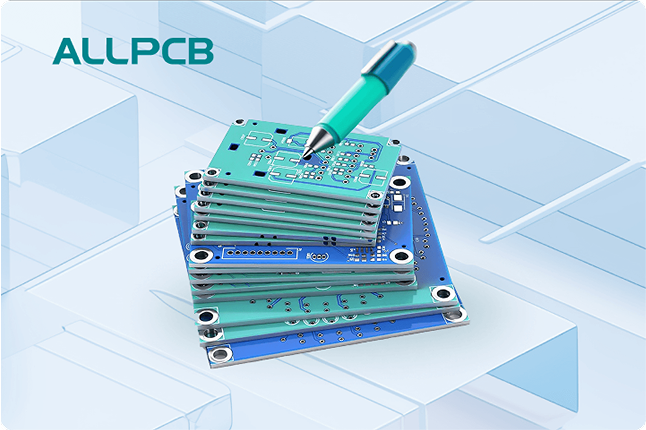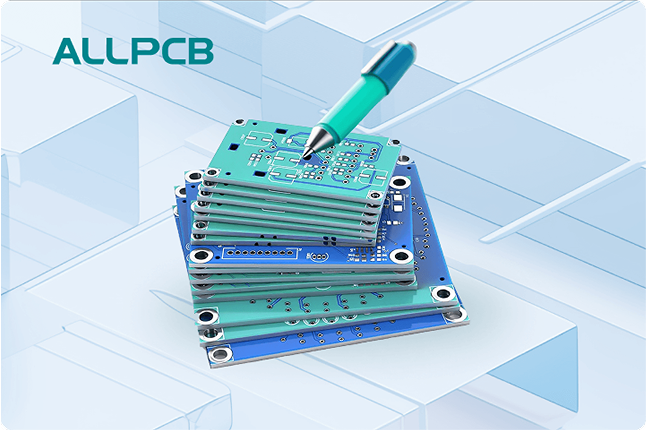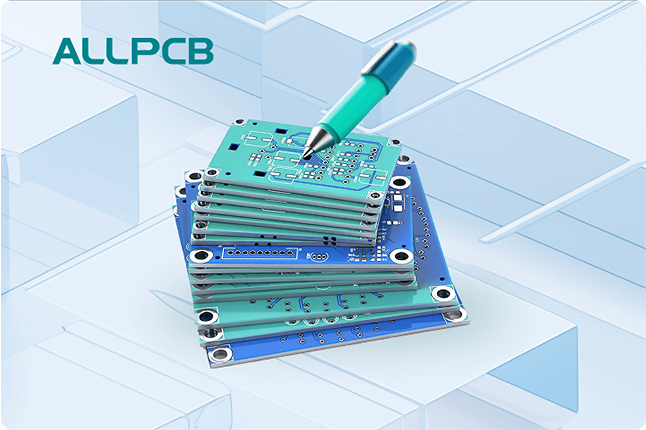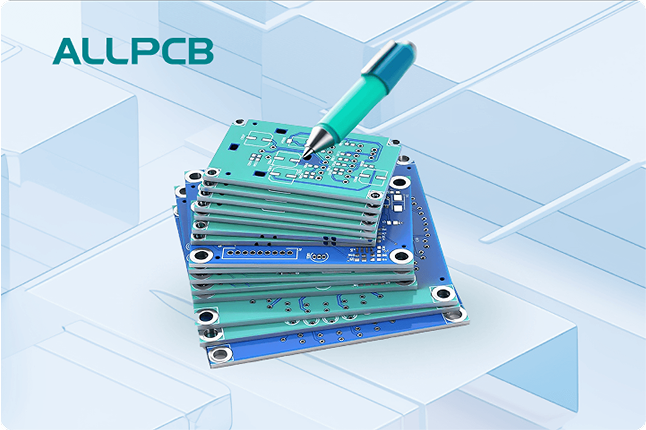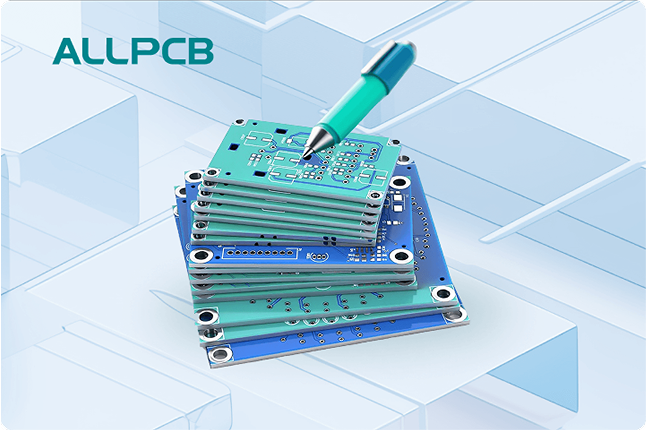In the fast-paced world of electronics, high-speed PCB designs are at the heart of cutting-edge technology. Achieving precision in these designs is crucial for ensuring reliable performance in applications like telecommunications, computing, and automotive systems. So, how do you achieve precision in high-speed PCB designs? It comes down to mastering key aspects such as impedance control, signal integrity, reflections, crosstalk, and electromagnetic interference (EMI). In this comprehensive guide, we'll walk you through actionable strategies and best practices to help you design high-speed PCBs with pinpoint accuracy.
Why Precision Matters in High-Speed PCB Designs
High-speed PCB designs operate at frequencies where even small errors can lead to big problems. Signals traveling at speeds above 100 MHz are particularly sensitive to issues like signal degradation, timing errors, and interference. Without precision, you risk data corruption, system failures, or costly redesigns. Precision ensures that signals remain clear, components communicate effectively, and the final product performs as intended.
In the following sections, we'll dive deep into the critical elements of high-speed PCB design. From controlling impedance to minimizing crosstalk, you'll gain practical insights to elevate your designs.
Understanding Impedance Control in PCB Design
Impedance control is the foundation of precision in high-speed PCB designs. Impedance refers to the resistance a signal encounters as it travels through a trace. If the impedance isn’t consistent, signals can reflect back, causing errors. For high-speed signals, maintaining a specific impedance—often 50 ohms for single-ended traces or 100 ohms for differential pairs—is critical.
To achieve impedance control, start by calculating the trace width and spacing based on the dielectric constant of your PCB material and the layer stack-up. For example, a common FR-4 material with a dielectric constant of 4.2 might require a trace width of 6 mils for a 50-ohm impedance on a 1.6mm thick board. Use simulation tools to verify these calculations before fabrication.
Additionally, work closely with your manufacturing partner to ensure they can meet tight tolerances, typically within ±10% of the target impedance. Consistent impedance across all traces prevents signal reflections and ensures reliable data transmission at high speeds.
Ensuring Signal Integrity for Reliable Performance
Signal integrity is the measure of how well a signal maintains its quality as it travels through a PCB. Poor signal integrity leads to distorted signals, timing issues, and data loss. In high-speed designs, where signals switch in nanoseconds, maintaining signal integrity is non-negotiable.
One key factor is minimizing signal path length. Shorter traces reduce the chance of delay and distortion. For instance, in a design operating at 1 GHz, a signal travels roughly 6 inches per nanosecond on a typical PCB. Keeping critical traces under 3 inches can help avoid timing mismatches.
Another tip is to use proper termination techniques. Adding a series resistor (e.g., 33 ohms) near the signal source can match the impedance and reduce overshoot. Also, avoid sharp corners in traces—opt for 45-degree angles or smooth curves to prevent signal reflection.
Finally, consider the PCB material. High-frequency signals benefit from low-loss materials with a dielectric constant below 3.5, as they reduce signal attenuation. Balancing these factors ensures your signals remain clean and reliable.
Managing Reflections in High-Speed PCB Designs
Reflections occur when a signal encounters an impedance mismatch and bounces back along the trace. This can cause interference and degrade signal quality. In high-speed designs, even a small mismatch—say, a 5-ohm deviation from the target—can create significant reflections.
To manage reflections, ensure consistent impedance across the entire signal path. This includes traces, vias, and connectors. For example, if a trace transitions from a 50-ohm impedance to a connector with a 55-ohm impedance, a portion of the signal will reflect back. Use controlled impedance routing and test the design with time-domain reflectometry (TDR) to identify mismatches early.
Another strategy is to minimize vias in high-speed signal paths. Each via introduces a small impedance change, increasing the risk of reflections. If vias are unavoidable, use back-drilling to remove unused stub sections, reducing their impact.
By focusing on uniform impedance and minimizing discontinuities, you can keep reflections under control and maintain signal clarity.
Reducing Crosstalk for Cleaner Signals
Crosstalk happens when signals from adjacent traces interfere with each other, causing noise and errors. In high-speed PCB designs, where traces are often packed tightly together, crosstalk is a common challenge.
To reduce crosstalk, increase the spacing between high-speed traces. A general rule is to maintain a spacing of at least three times the trace width (3W rule). For example, if your trace width is 5 mils, keep a spacing of 15 mils or more between parallel traces. This reduces electromagnetic coupling between signals.
Another approach is to route high-speed signals on different layers, with a ground plane between them. The ground plane acts as a shield, absorbing stray electromagnetic fields. For differential pairs, keep the traces close to each other but far from other signals to minimize interference.
Lastly, avoid running high-speed traces parallel for long distances. If they must run parallel, limit the length to under 500 mils to reduce the chance of crosstalk. These steps help ensure cleaner, more reliable signals in your design.
Mitigating Electromagnetic Interference (EMI)
Electromagnetic interference (EMI) can disrupt high-speed PCB performance by introducing noise from external or internal sources. In high-speed designs, where signals switch rapidly, EMI can be a significant issue, affecting both the PCB and nearby devices.
Start by using a solid ground plane. A continuous ground plane provides a low-impedance return path for signals, reducing EMI. Avoid splitting the ground plane unless absolutely necessary, as splits can create loops that radiate interference.
Next, place decoupling capacitors close to power pins of high-speed components. For instance, a 0.1 μF capacitor placed within 100 mils of a chip can filter out high-frequency noise. This keeps the power supply clean and reduces EMI.
Also, consider shielding for sensitive areas. Adding a metal enclosure or using guard traces around high-speed signals can block external EMI. Finally, keep high-speed traces away from board edges, as edges can act as antennas, radiating EMI. Following these practices helps create a design that’s robust against interference.
Choosing the Right Materials for High-Speed Designs
The materials you use in your PCB play a huge role in achieving precision. Standard FR-4 material works for lower frequencies, but at high speeds (above 1 GHz), its higher dielectric constant (around 4.2) and loss tangent (around 0.02) can cause signal loss.
For high-speed designs, consider advanced materials like Rogers or Isola, which offer lower dielectric constants (around 3.0) and loss tangents (below 0.005). These materials minimize signal attenuation and maintain integrity at high frequencies. While they cost more, the improved performance is often worth it for critical applications.
Additionally, pay attention to the copper thickness. Thicker copper (e.g., 2 oz) reduces resistance but can complicate impedance control due to wider traces. Balance material properties with your design needs to achieve optimal results.
Simulation and Testing for Precision
Simulation and testing are vital steps to ensure precision in high-speed PCB designs. Before manufacturing, use simulation tools to model signal behavior, impedance, and potential EMI issues. These tools can predict problems like reflections or crosstalk, allowing you to adjust the design early.
After fabrication, perform physical testing. Use an oscilloscope to check signal waveforms for distortion or overshoot. Time-domain reflectometry (TDR) can help verify impedance consistency, ensuring it stays within the target range (e.g., ±5 ohms of 50 ohms). Testing at the actual operating frequency—say, 2.5 GHz for a high-speed data link—gives you confidence in the design’s real-world performance.
Iterate based on test results. If a trace shows unexpected reflections, adjust its width or spacing in the next revision. This cycle of simulation, testing, and refinement is key to achieving precision.
Best Practices for High-Speed PCB Layout
A well-thought-out layout is the backbone of precision in high-speed PCB designs. Start by grouping related components together to minimize trace lengths. For example, place a high-speed processor close to its memory chips to keep data lines short.
Next, prioritize routing high-speed signals first. Route them on inner layers if possible, as these layers are less prone to external EMI. Surround high-speed traces with ground planes to shield them from interference.
Also, maintain symmetry in differential pairs. Keep the two traces of a pair equal in length (within 5 mils) to avoid timing skew. Use length-matching techniques, like serpentine routing, to achieve this balance.
Finally, keep power and ground planes intact. Avoid routing traces over splits in these planes, as it disrupts the return path and increases EMI. A solid layout foundation sets the stage for precision in performance.
Conclusion: Building Precision into Every High-Speed PCB Design
Achieving precision in high-speed PCB designs requires careful attention to impedance control, signal integrity, reflections, crosstalk, and electromagnetic interference. By following the strategies outlined in this guide—such as maintaining consistent impedance, optimizing trace spacing, using proper materials, and rigorous testing—you can create designs that perform reliably even at the highest speeds.
Precision isn’t just about avoiding errors; it’s about building trust in your designs. Whether you’re working on a 5G communication board or a high-performance computing system, these principles will help you deliver exceptional results. Start applying these tips in your next project to see the difference precision makes.
 ALLPCB
ALLPCB


